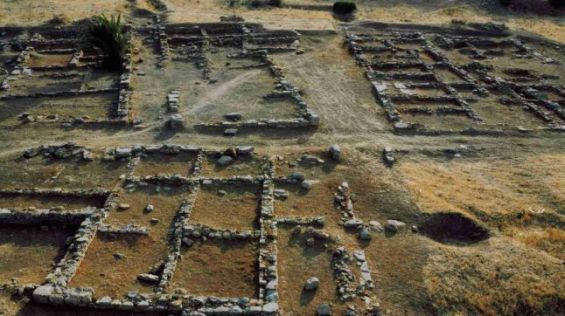A group of archaeologists have announced that they have discovered the ruins of a Roman fortification in Tamuda, an ancient Roman city and a military camp in Northern Morocco.
This archaeological campaign, that led to the discovery of the Roman moat, is headed by researchers from the University of Cadiz in Spain. In a press release, published Tuesday, this group of researchers revealed that the primarily findings suggest that the fort dates back to the period of Roman provincialization and the creation of Mauretania Tingitana. The latter is a Roman province located in the Maghreb and which included the north of Morocco.
Excavations conducted by researchers from Spain, Argentina, Colombia, Ecuador, Mexico and Morocco revealed that the way in which this fort was built is typically Roman. According to the same source, the fort consists of poliorcetica structures that were used by Romans as defensive strategies.
A Roman statesman and a military moat
To fully examine these ruins, archeologists will be digging a ditch around the moat. According to the university of Cadiz, this archaeological campaign is the first of its kind to prove, archaeologically, the existence of a Roman military camp in Tamuda.
«This finding is the first of its kind to be recognized archaeologically in Morocco», the University of Cadiz wrote in the same communiqué, stressing that the ruins discovered could be the remains of a «vallum that was built during the first phase of the construction of the castellum (a Roman tower)».
Moreover, researchers believe that Tamuda’s military camp was constructed in the time of Roman emperor Claudius, in the middle of the 1st AD century.

After studying remains in Tamuda, the Spanish group of researchers revealed that rooms inside the fortification, partially demolished, say many things about the people who lived in the ancient Roman city.
According to researchers, «the number of objects abandoned in a hasty way inside show that the people who lived there left after a tragic event». Researchers have even linked the situation of the archaeological site to historical events and figures, including Roman statesman Quintus Sertorius and his North Africa campaign.
«It is possible that this discovery is the first evidence that proves the presence of Sertotius in North Africa», researchers concluded.
For the record, this discovery is part of a joint-program established by Morocco and Spain. Bilateral agreements were signed by the Direction du Patrimoine of the Ministry of Culture of Morocco and the University of Cadiz to conduct similar excavations in Morocco.





 chargement...
chargement...













